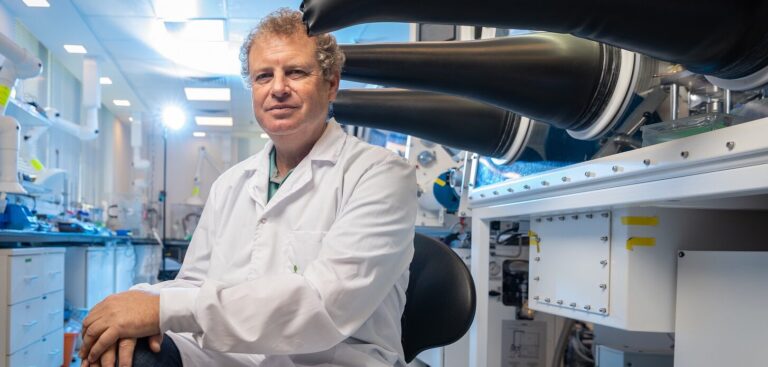Israeli electric vehicle battery developer StoreDot has proved the performance of its extreme fast-charging battery cell technology by delivering cells which have exceeded 1,000 cycles in production ready EV form factor.
StoreDot’s 300Wh/kg, 700 Wh/l high energy density cells are currently being shipped in a pouch format to international automotive OEM partners for real-world testing to be conducted. The company’s cells benefit from ‘100in5’ performance, meaning drivers can achieve 100 miles of range from a five-minute charge.
The cells were repeatedly charged from 10% to 80% capacity in 10 minutes and then discharged for one hour before being recharged. StoreDot’s EV cell technology achieved more than 1,000 of these extreme charging cycles in a row before degrading below the 80% of the original capacity threshold. The company states that no noticeable degradation occurred during the first 600 cycles.
“The latest tests represent a landmark not just for StoreDot, but also the global battery industry and the entire sustainable mobility ecosystem,” said Yaron Fein, vice president R&D, StoreDot. “Our product performance goal for 2022 was to reach 1,000 cycles of consecutive extreme fast charging of 10% to 80% in 10 minutes, with an energy density of at least 300Wh/Kg.”
Fein continued, “I am delighted to announce that not only have we achieved our target but have also exceeded it – and we already have in our labs enhanced formulation that allows us to show further improved performance. This is the first time ever that cell performance of this magnitude has been achieved. The results stand testament to StoreDot’s relentless R&D drive, the enthusiasm of everyone in the company and to the Extreme Fast Charging vision we share with our partners.
“When a lithium battery is charged and discharged once, it is called a cycle, and typically lithium battery capacity degrades quickly in fast charging cycles. Our silicon-dominant chemistry is different, allowing EV battery cells to charge for more than 1,000 cycles before degrading the battery to 80% of its original capacity.”


